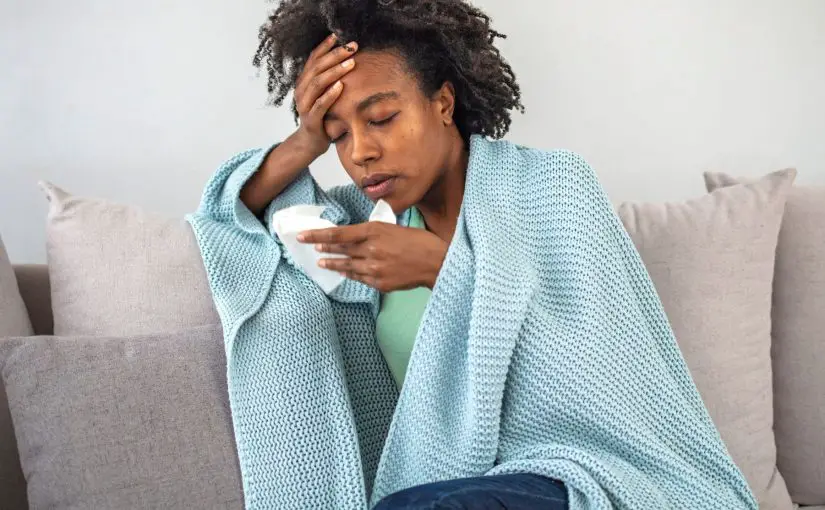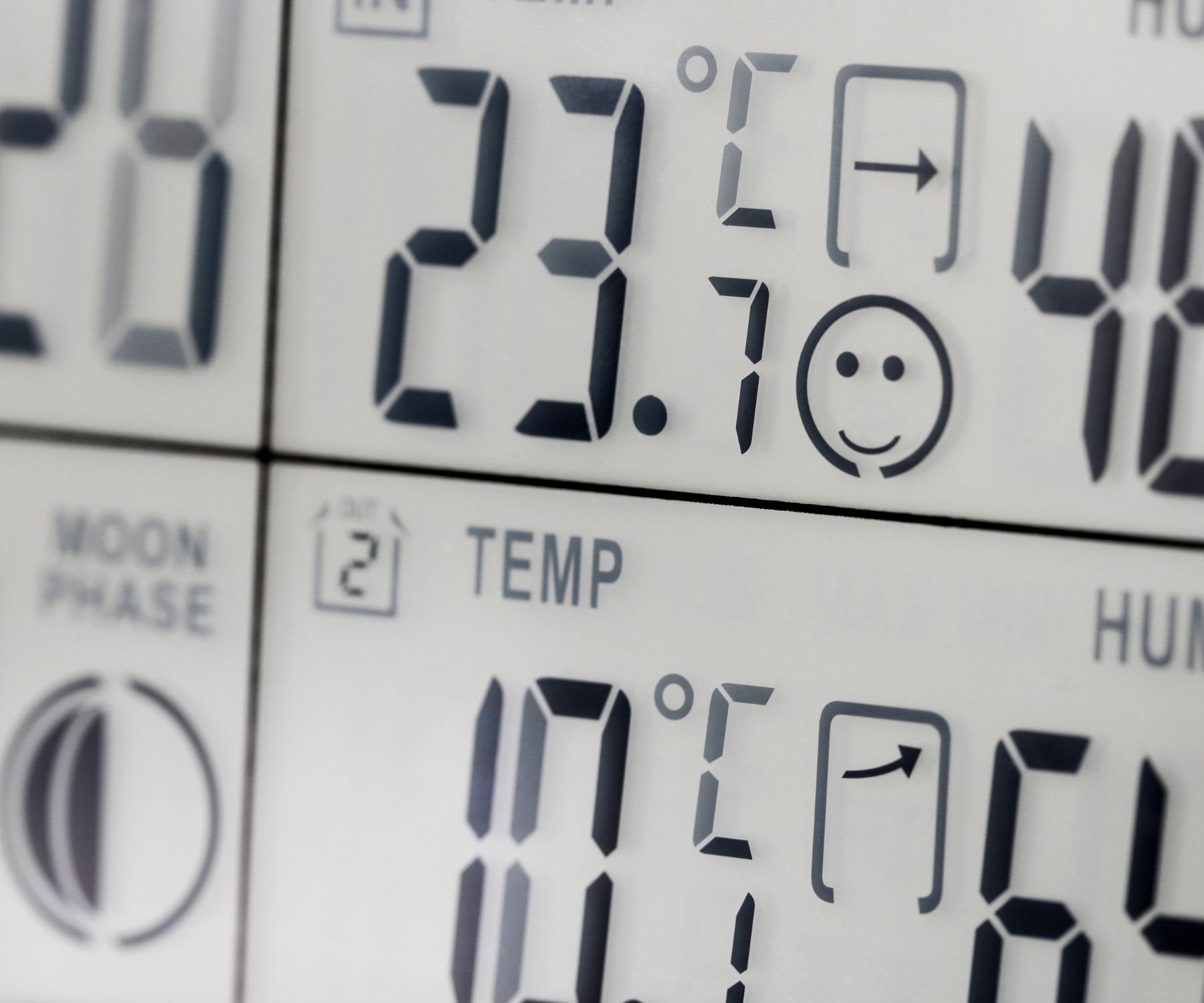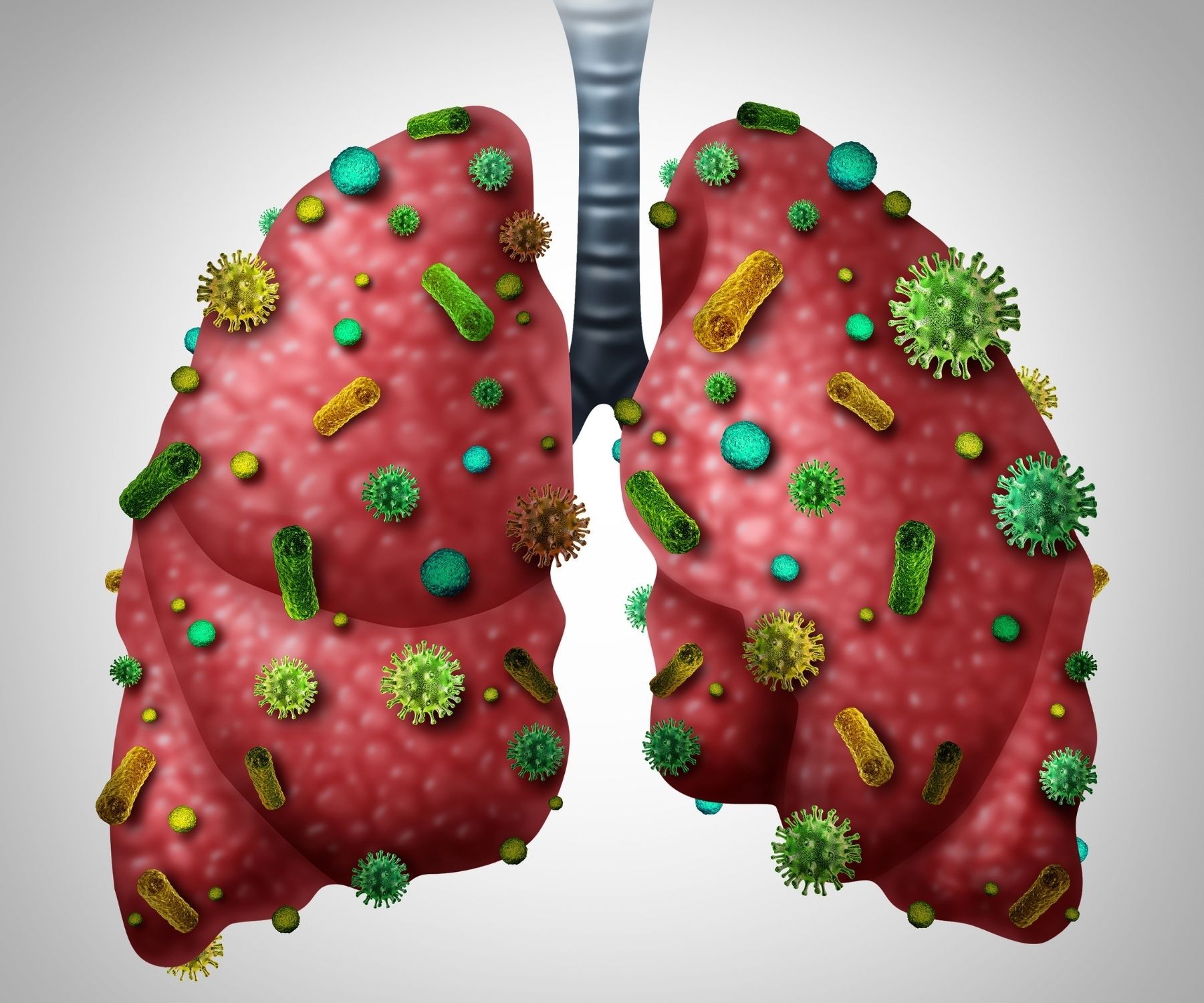Table of Contents
Can a Humidifier Prevent the Spread of Viruses?
Using a humidifier may provide some protection against the spread of viruses by maintaining optimal indoor humidity levels between 40-60%, according to research. However, good hygiene, masking, distancing and vaccination remain the best ways to avoid illness.
How Does Humidity Affect Viruses?
Indoor humidity levels have an impact on how viruses are transmitted from person to person. Here’s an overview of the evidence:
- Low humidity below 40% allows viral droplets to remain airborne for longer periods. This increases the chances of inhaling infectious particles.
- Conversely, higher humidity causes water droplets to accumulate and fall out of the air faster. This reduces airborne transmission of viruses.
- Maintaining indoor humidity between 40-60% is optimal for minimizing the survival and spread of many viruses, including coronaviruses, influenza, rhinoviruses and more.[1]
By increasing moisture levels, humidifiers may be able to create indoor conditions that are less favorable for airborne viruses to transmit infections.
Are Humidifiers Effective at Raising Humidity to Prevent Viruses?
Humidifiers can increase humidity levels, but there are some caveats on their effectiveness against viruses:
- Portable humidifiers typically only raise humidity in a single room, not an entire home.
- Larger console or whole-home humidifiers controlled by a central humidistat are better able to regulate humidity in all living spaces.
- Frequent cleaning and maintenance is required to prevent mold and bacteria buildup in humidifiers.
- Monitoring indoor humidity with a hygrometer is important to maintain 40-60% target levels.
| Type of Humidifier | Room Coverage | Humidity Control |
|---|---|---|
| Portable humidifier | Single room | Manual |
| Console humidifier | Large rooms or whole home | Humidistat |
| Built-in central humidifier | Whole home | Automatic humidistat |
Used properly in smaller spaces, portable humidifiers may offer some virus protection. But whole-home systems provide the most effective humidity regulation throughout a living area.
What Factors Impact a Humidifier’s Ability to Slow Viruses?
Here are some key considerations when using a humidifier to potentially reduce virus transmission:
- The humidifier must raise humidity high enough to reach the optimal 40-60% range in order to impact virus spread.[2]
- Models that only raise humidity slightly above baseline levels may not provide enough moisture to inhibit viruses.
- Cleaning humidifiers regularly prevents microbial growth and spread of molds that trigger allergies.
- Humidifiers are likely most effective during colder winter months when indoor air is extremely dry.
- Monitoring humidity with a hygrometer allows maintaining ideal 40-60% levels.
By using the proper humidifier for your environment, cleaning it regularly, and monitoring humidity, you can create conditions that may hinder viruses.
Reviews of Top-Rated Humidifiers
Here are some top humidifiers to potentially help reduce virus transmission by optimizing indoor humidity:

 1. Levoit LV600S
1. Levoit LV600S
Ultrasonic Humidifier
- Type: Ultrasonic cool mist humidifier
- Features: Automatic shut off, LED display, remote control, humidistat, aromatherapy
- Ultrasonic technology provides whisper quiet humidification ideal for bedrooms
With a 6 liter tank, the Levoit LV600S can raise humidity levels for 20-36 hours continuously to help achieve the 40-60% sweet spot.

 2. Dreo Smart Humidifier
2. Dreo Smart Humidifier
- Type: Cool and Warm mist humidifier
- Features: WiFi connectivity, app control, humidistat, aroma box, auto mode
- Smart connectivity allows remote humidity monitoring and control
This high-tech humidifier automatically regulates moisture levels and can be adjusted via smartphone app for whole room coverage.

 3. PureGuardianH5450BCA
3. PureGuardianH5450BCA
Ultrasonic Warm & Cool Mist Humidifier
- Type: Ultrasonic warm/cool mist humidifier
- Features: Variable mist settings, optional aromatherapy, UV-C sanitization light
- Dual heating options allow customizing moisture output
This humidifier provides warm or cool mist to maximize comfort and moisture. The UV-C light kills bacteria in the water to allow safe use in bedrooms.
The Bottom Line: Do Humidifiers Prevent Viruses?
Maintaining indoor air at 40-60% relative humidity can help reduce the infection rate of viruses and prevent seasonal illnesses. However, humidifiers should not replace other protective measures like:
- Washing hands frequently
- Avoiding touching the face
- Disinfecting high-touch surfaces
- Physical distancing
- Correctly wearing face masks
- Getting vaccinated and boosted against diseases like flu and COVID-19
Humidifiers are most effective when used alongside good hygiene habits, masks, distancing and vaccines for layered protection. Think of proper humidity control as one additional strategy for potentially decreasing viruses this cold and flu season.
Summary of Key Points
- Low humidity allows viruses to survive longer in the air, increasing transmission.
- Ideal indoor humidity between 40-60% makes conditions less favorable for viruses.
- Humidifiers raise room humidity levels, but may only cover single rooms.
- Whole-home humidification controlled by a humidistat provides the best protection.
- Frequent cleaning of humidifiers is required to prevent mold growth.
- Monitoring humidity with a hygrometer allows maintaining 40-60% levels.
- Humidifiers should be used along with hygiene, distancing and vaccinations.
Optimizing indoor humidity can reduce airborne viruses. But it’s not a replacement for handwashing, masks, distancing and getting vaccinated. Humidifiers are simply an extra precaution to use alongside other best practices for staying healthy during cold and flu season.
Frequently Asked Questions
1. How does increased humidity stop viruses from spreading?
Higher humidity causes virus particles to decay faster by disrupting their protective outer layer. It also reduces the ability of particles to remain airborne and infectious.
2. What humidity level is best to prevent viral spread?
Studies show that 40-60% relative humidity is optimal for reducing transmission of respiratory viruses like flu, cold, and COVID-19.
3. Do humidifiers completely eliminate viral spread?
No. Humidifiers reduce risks but should be combined with other precautions like masks, distancing, and ventilation.
4. How often should I clean and disinfect my humidifier?
Clean and disinfect humidifiers every 3-4 days to remove minerals and prevent microbial growth. Follow manufacturer instructions.
5. Can humidifiers encourage mold growth?
Yes, which is why cleaning, disinfecting, and monitoring humidity levels are important. Ideal humidity for preventing viruses (40-60%) also prevents excessive mold growth.
6. Should I use warm or cool mist humidifiers against viruses?
Warm mist humidifiers may humidify a bit better. But cool mist humidifiers also raise humidity effectively and are safer around kids.
7. Are humidifiers suitable to use around sensitive groups like babies?
Yes, as long as basic safety practices are followed. Clean and disinfect the unit regularly and keep out of reach of children. Monitor humidity levels.










